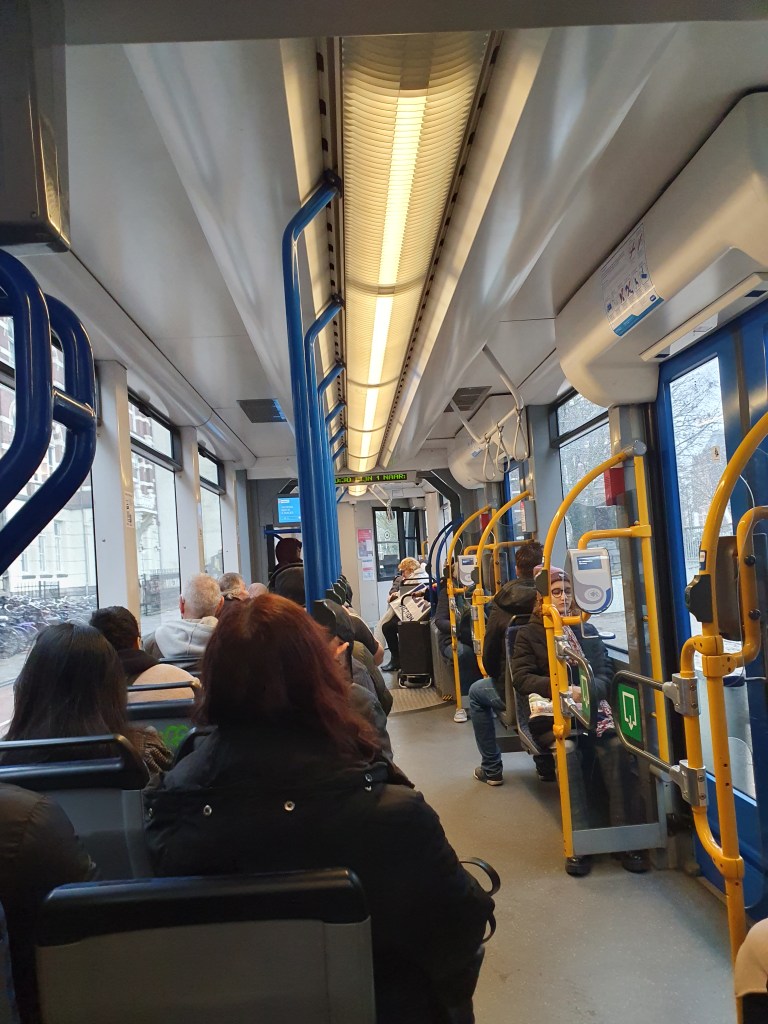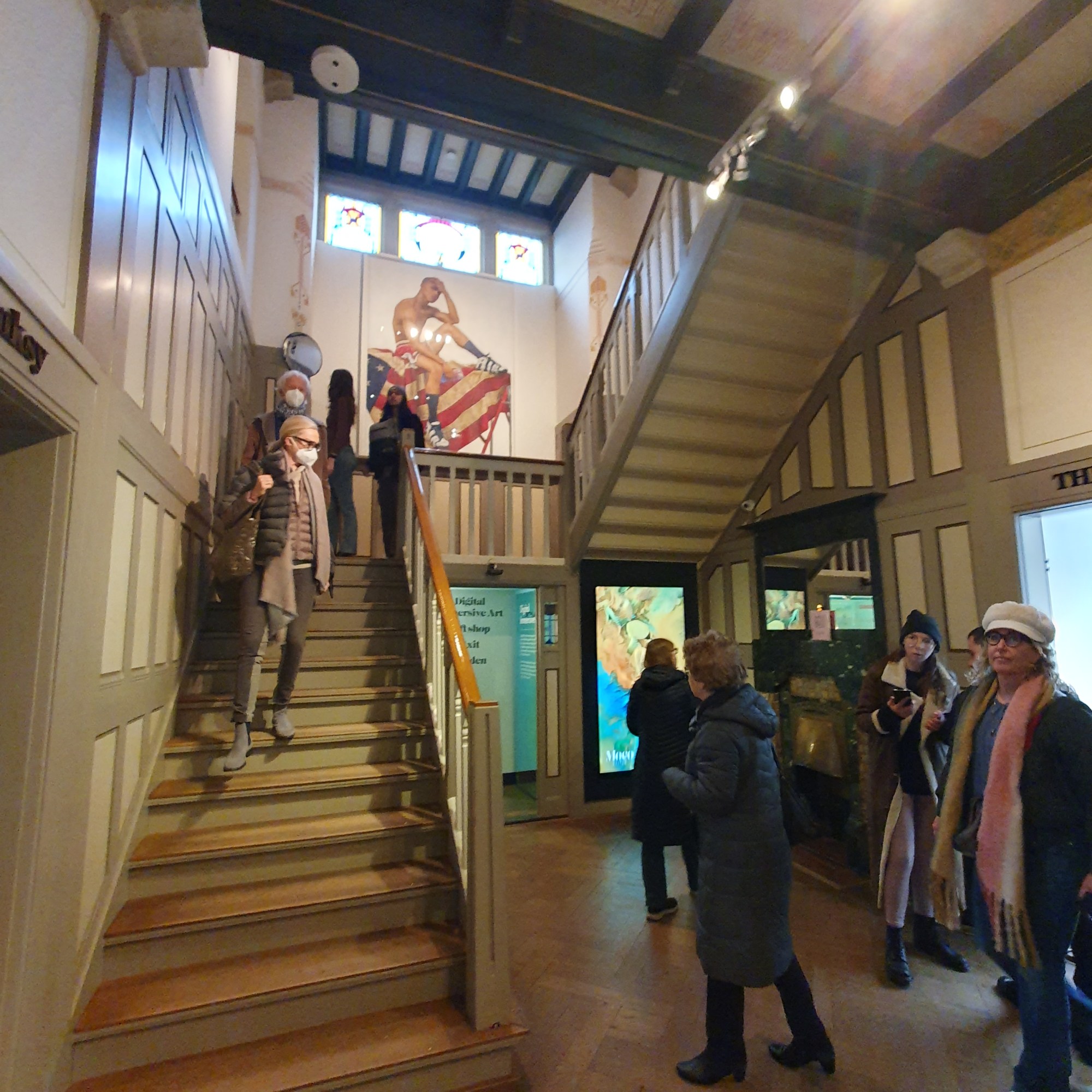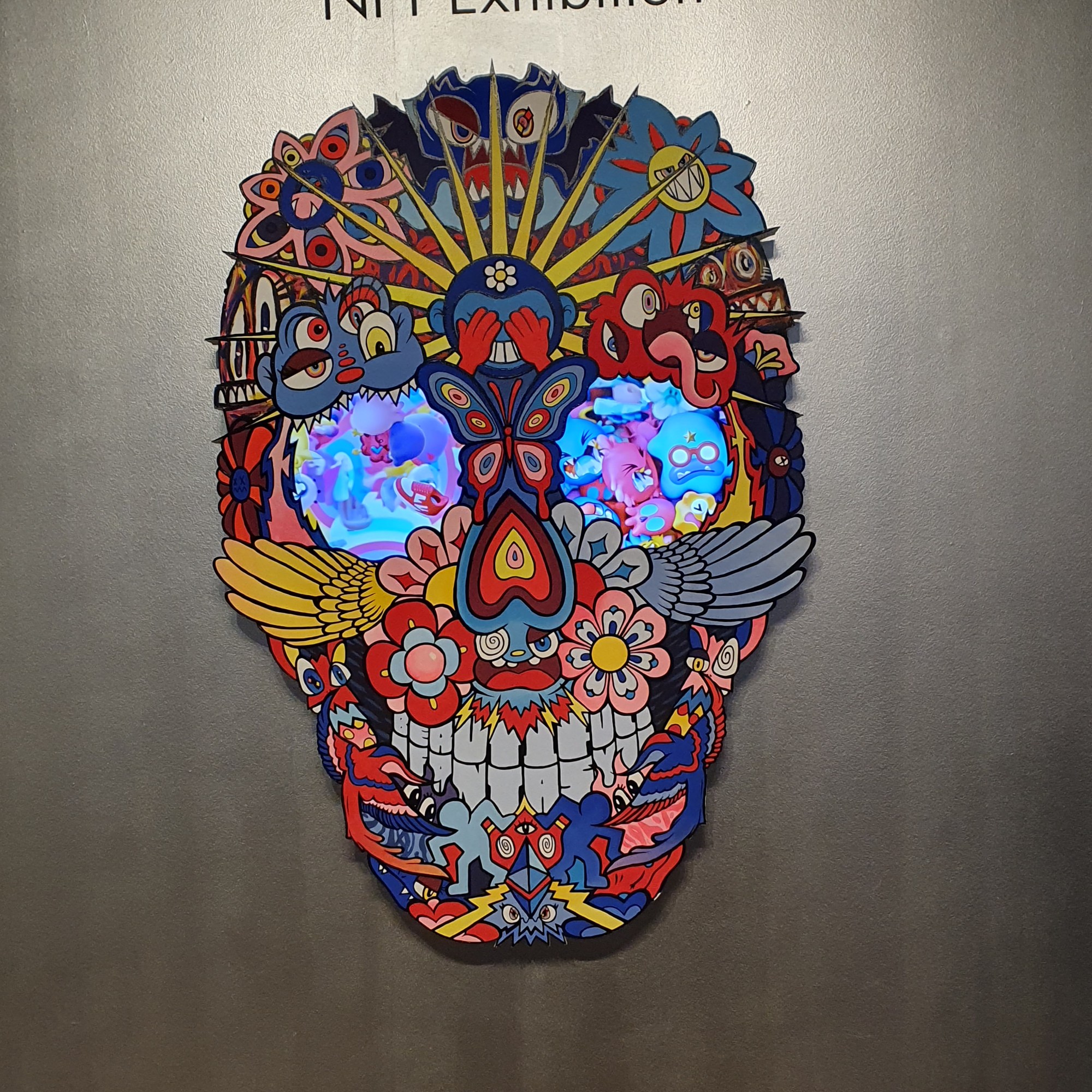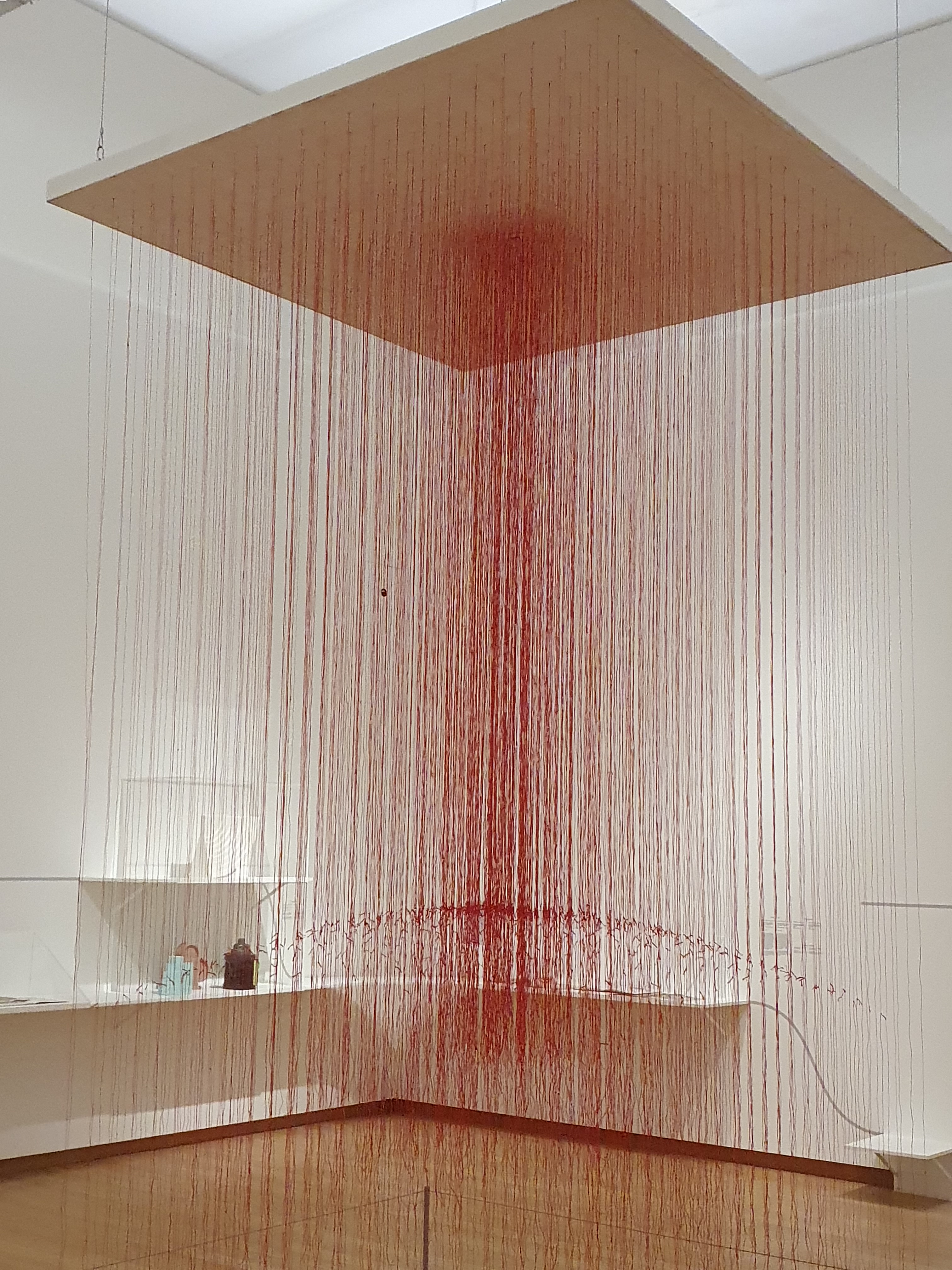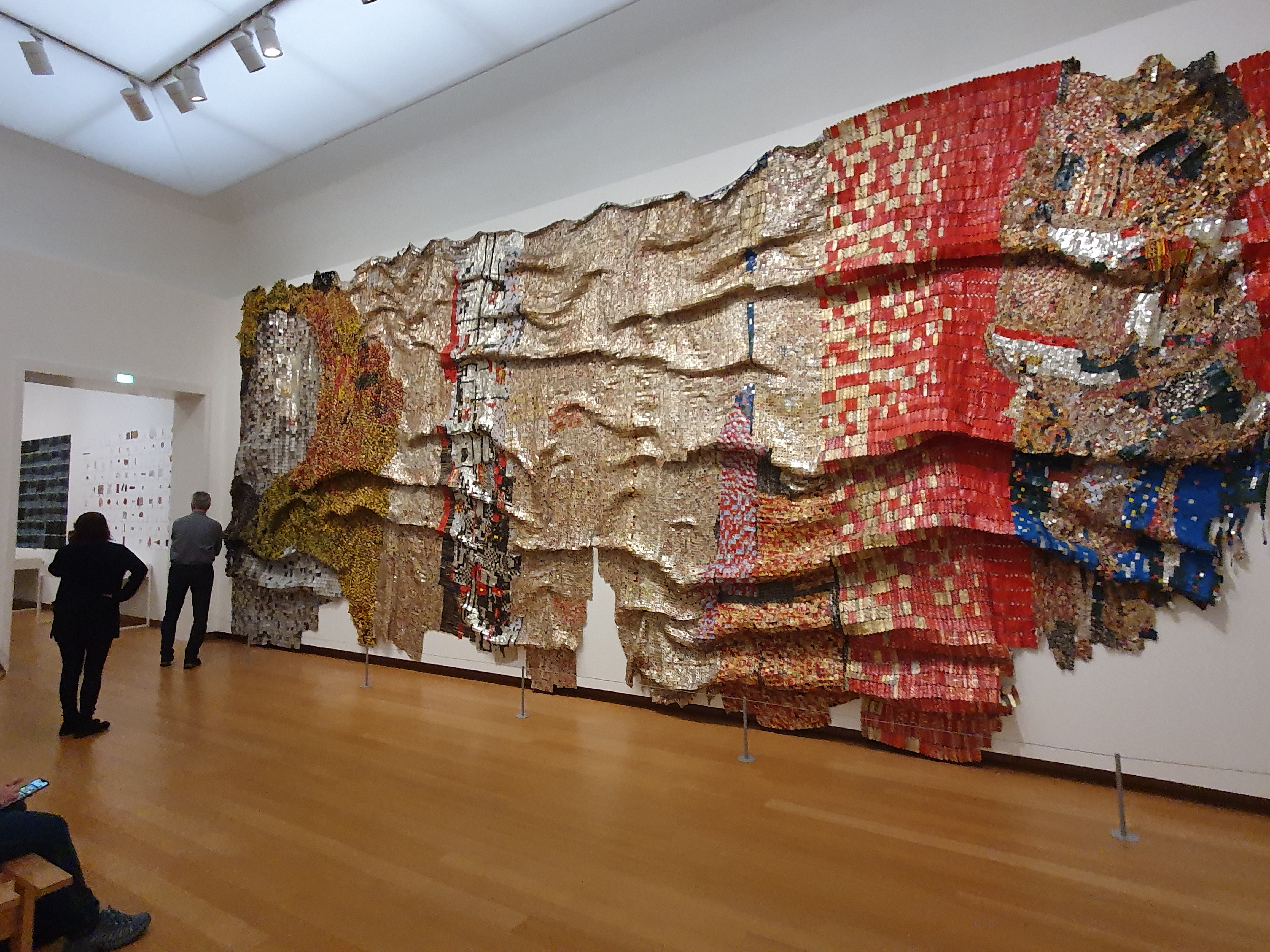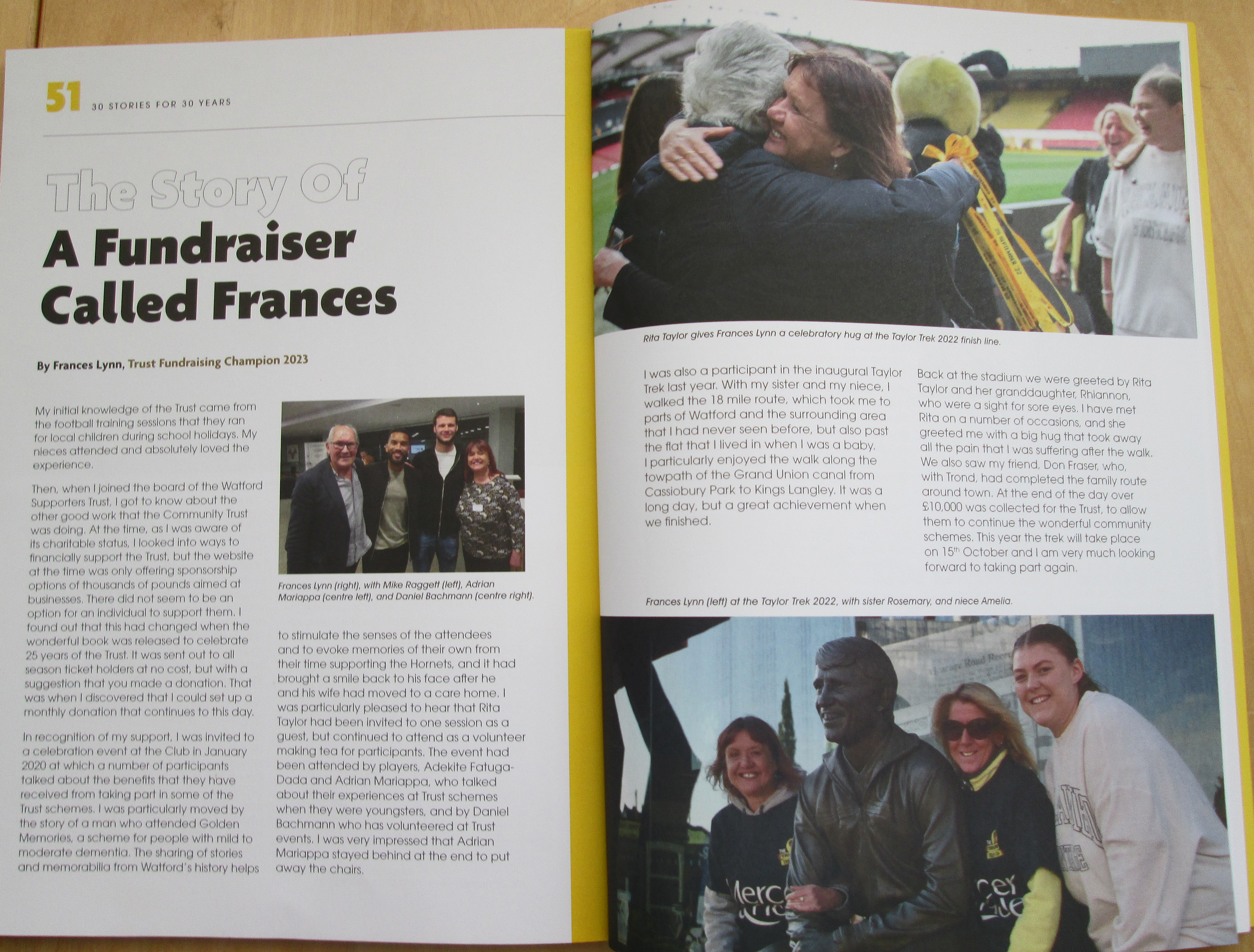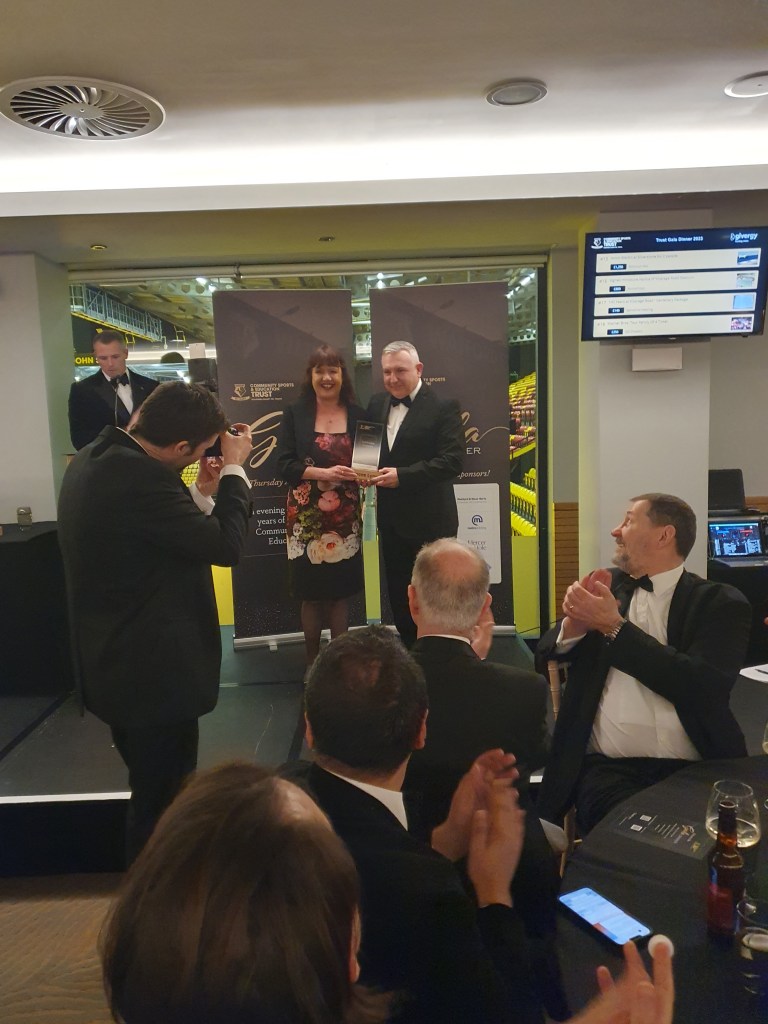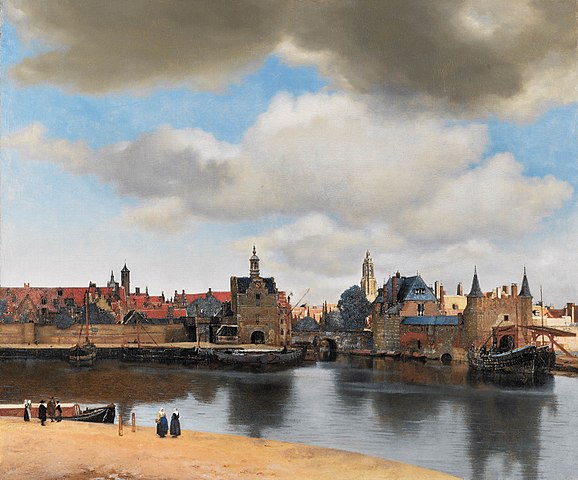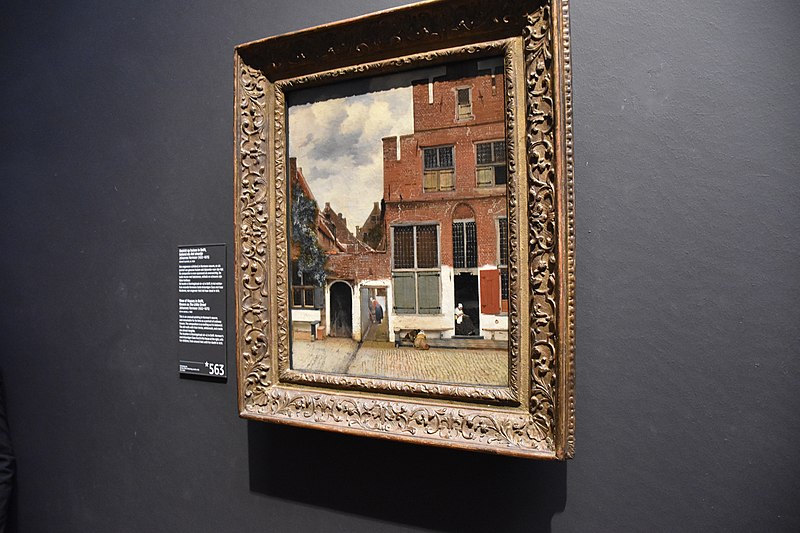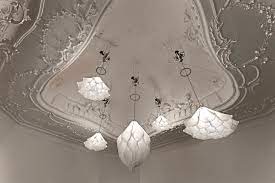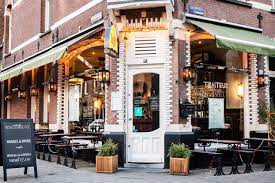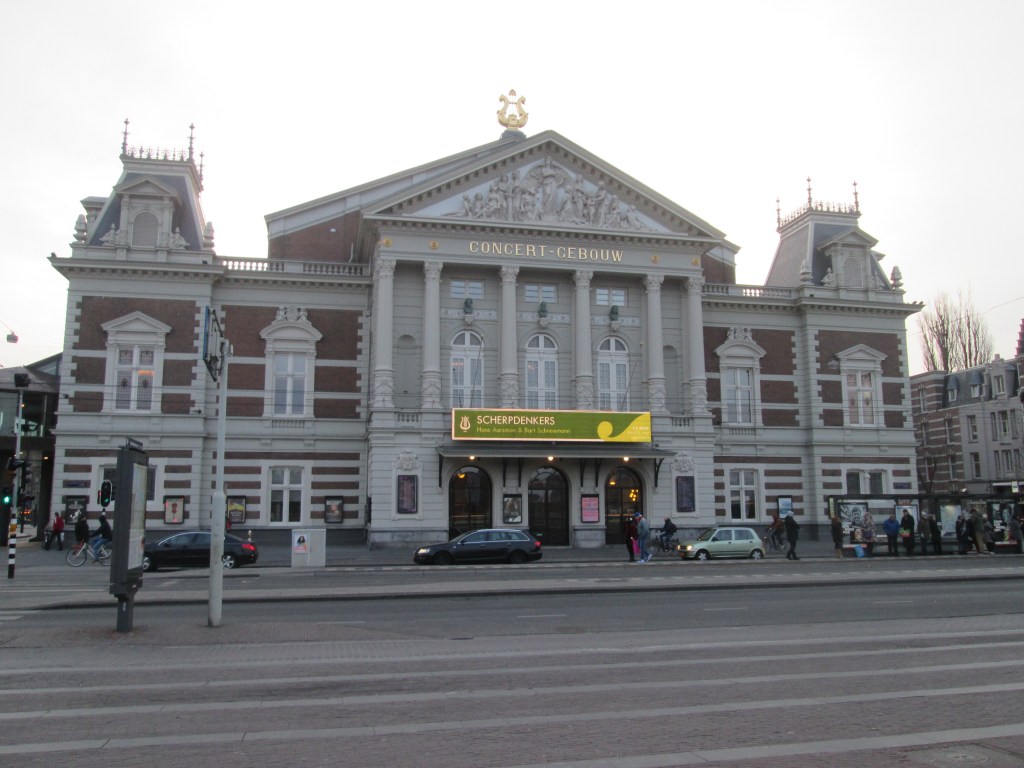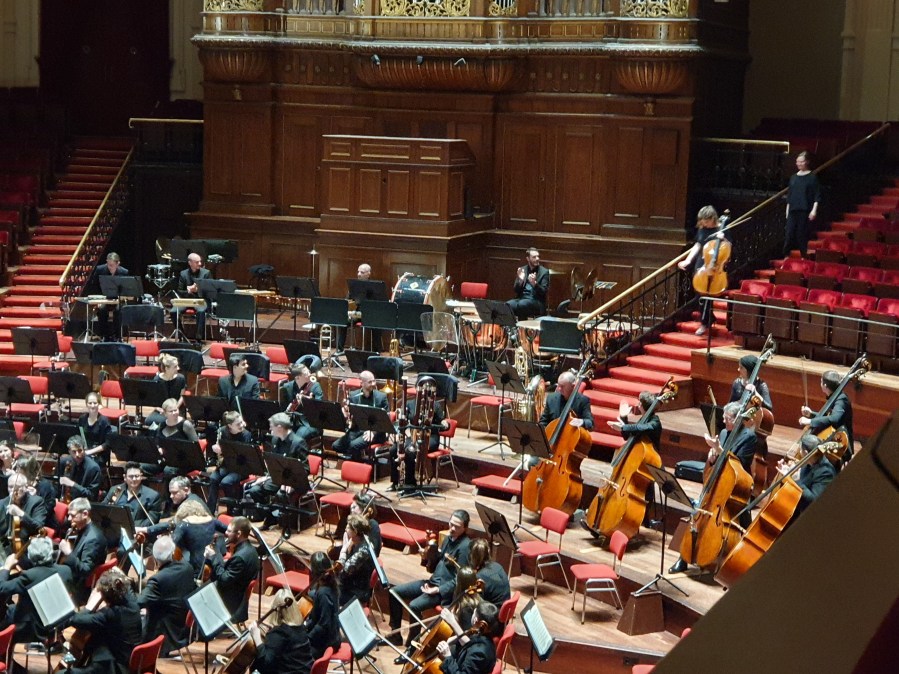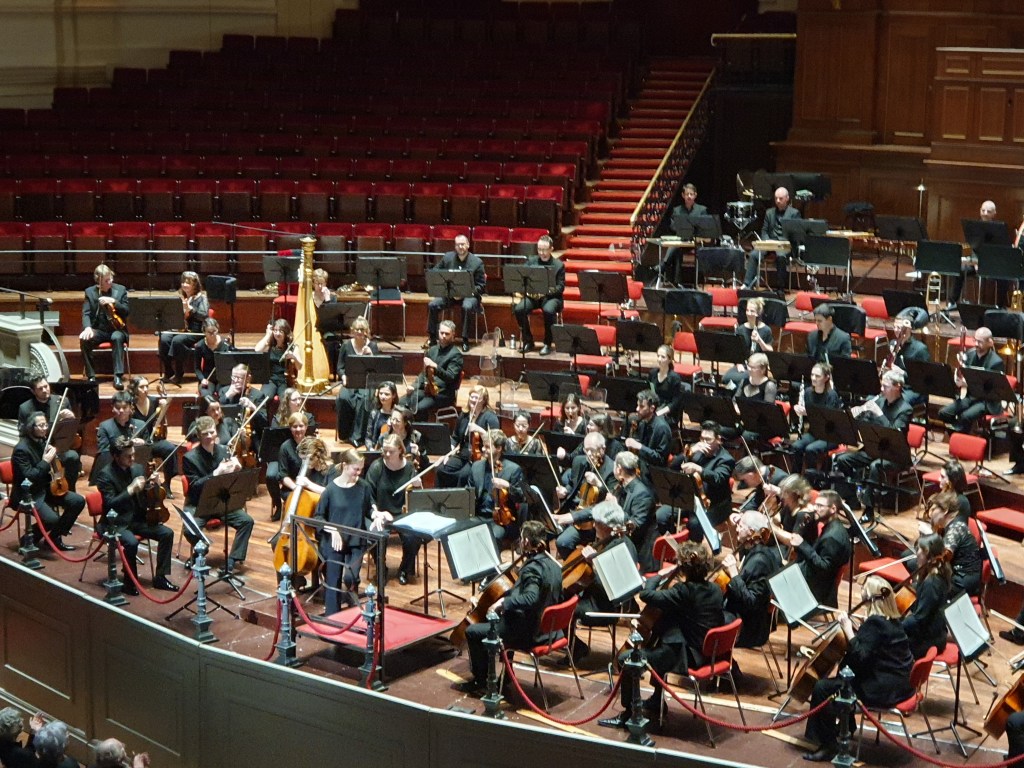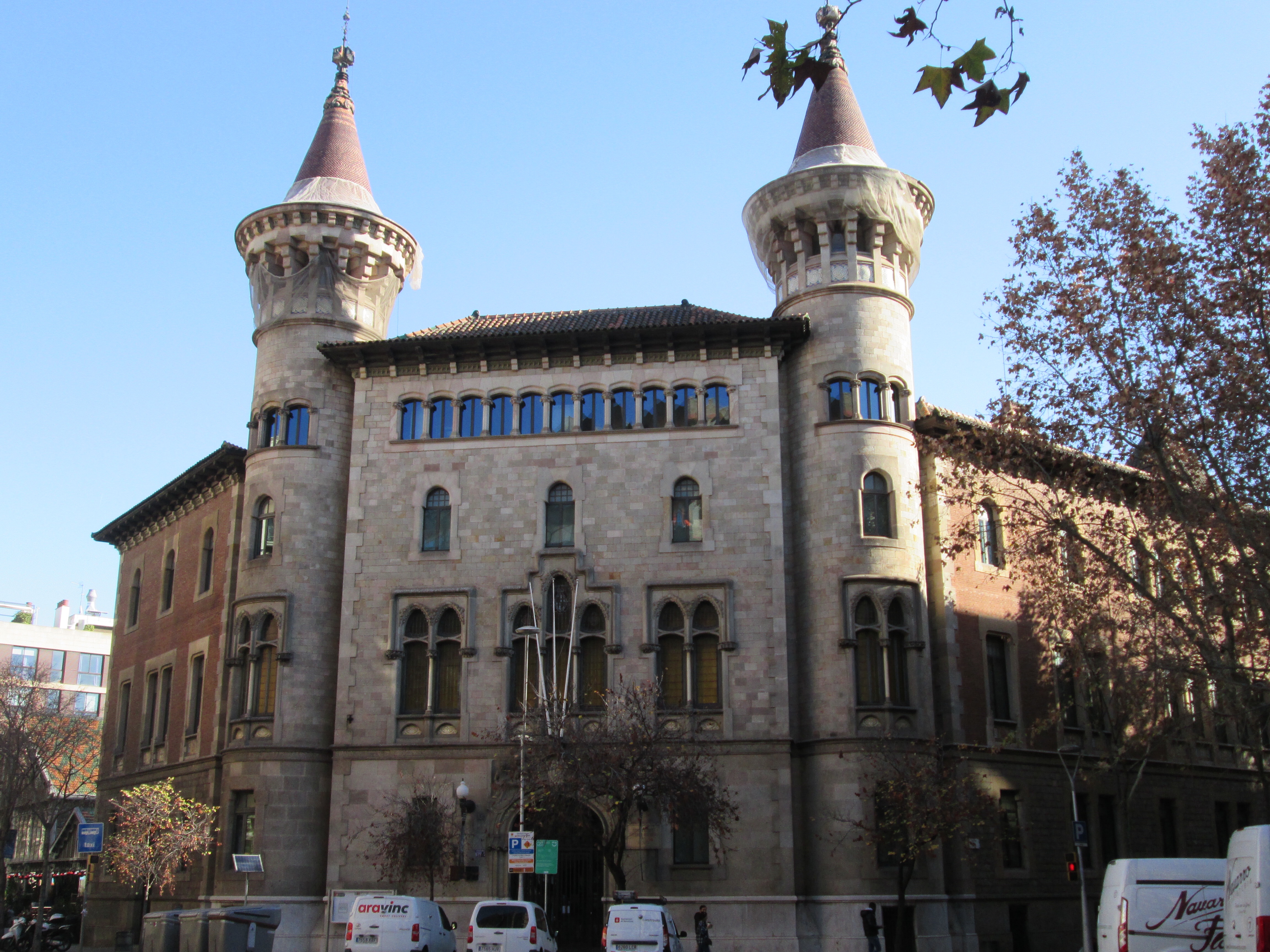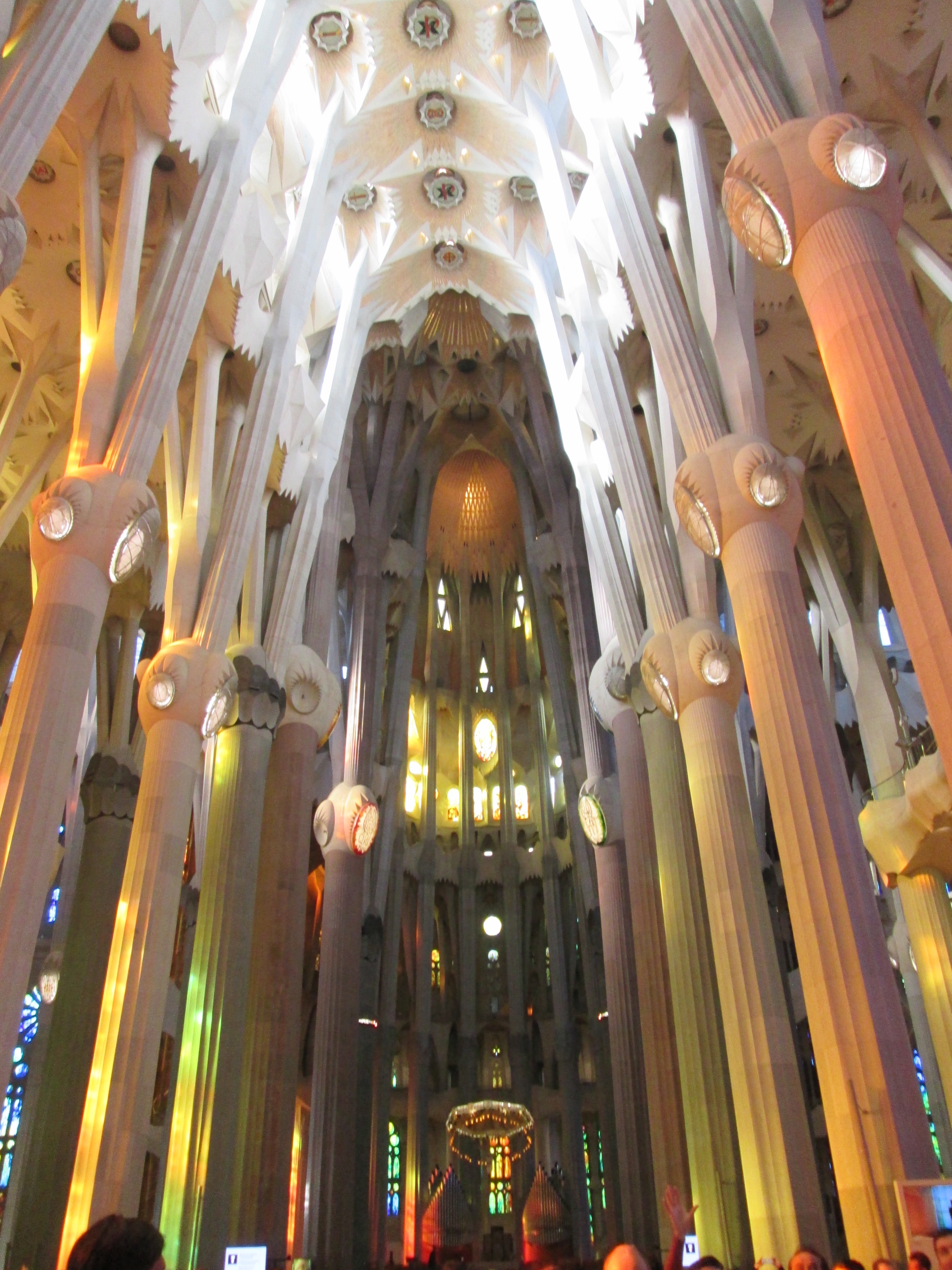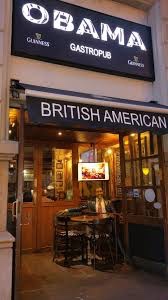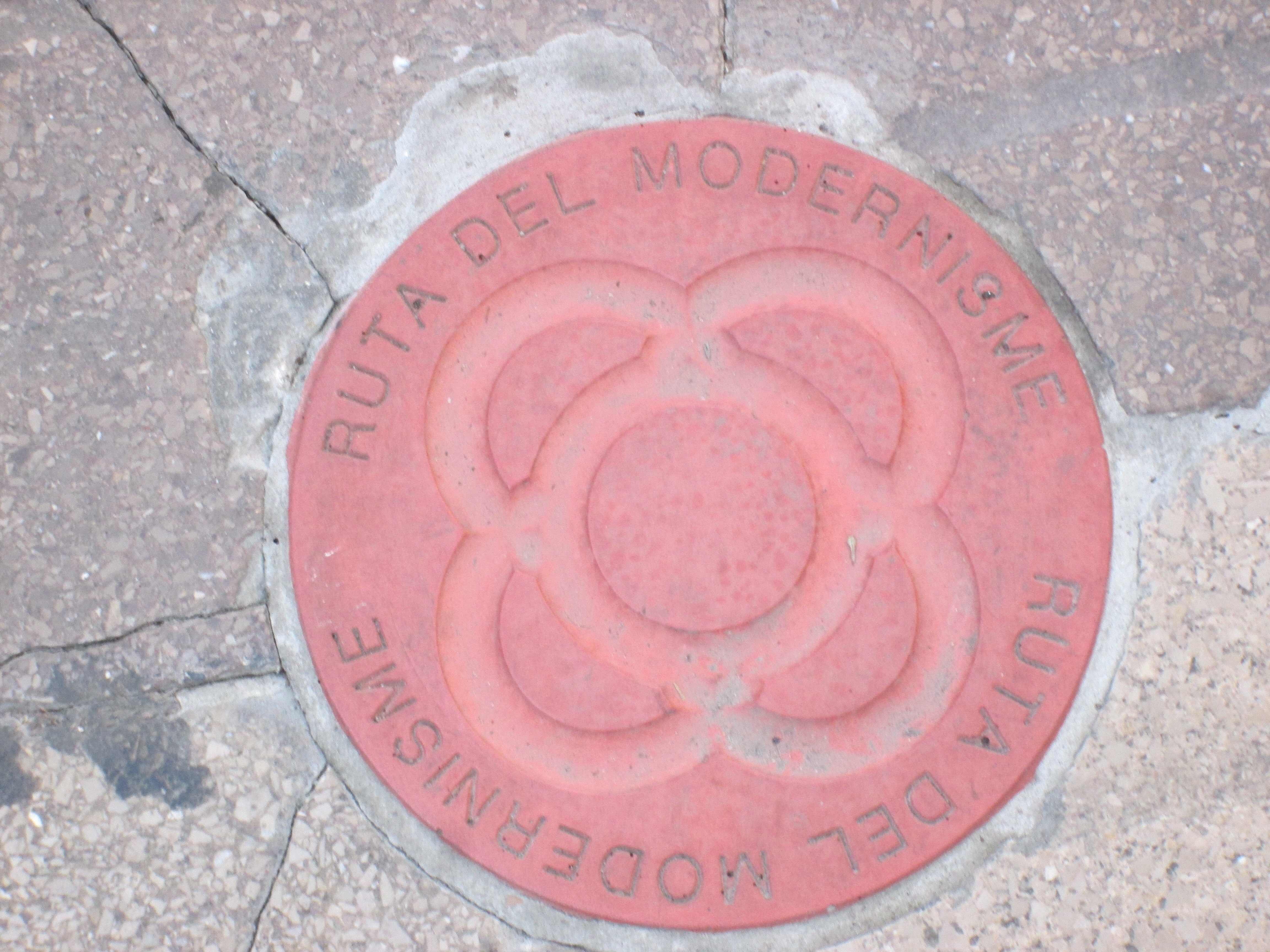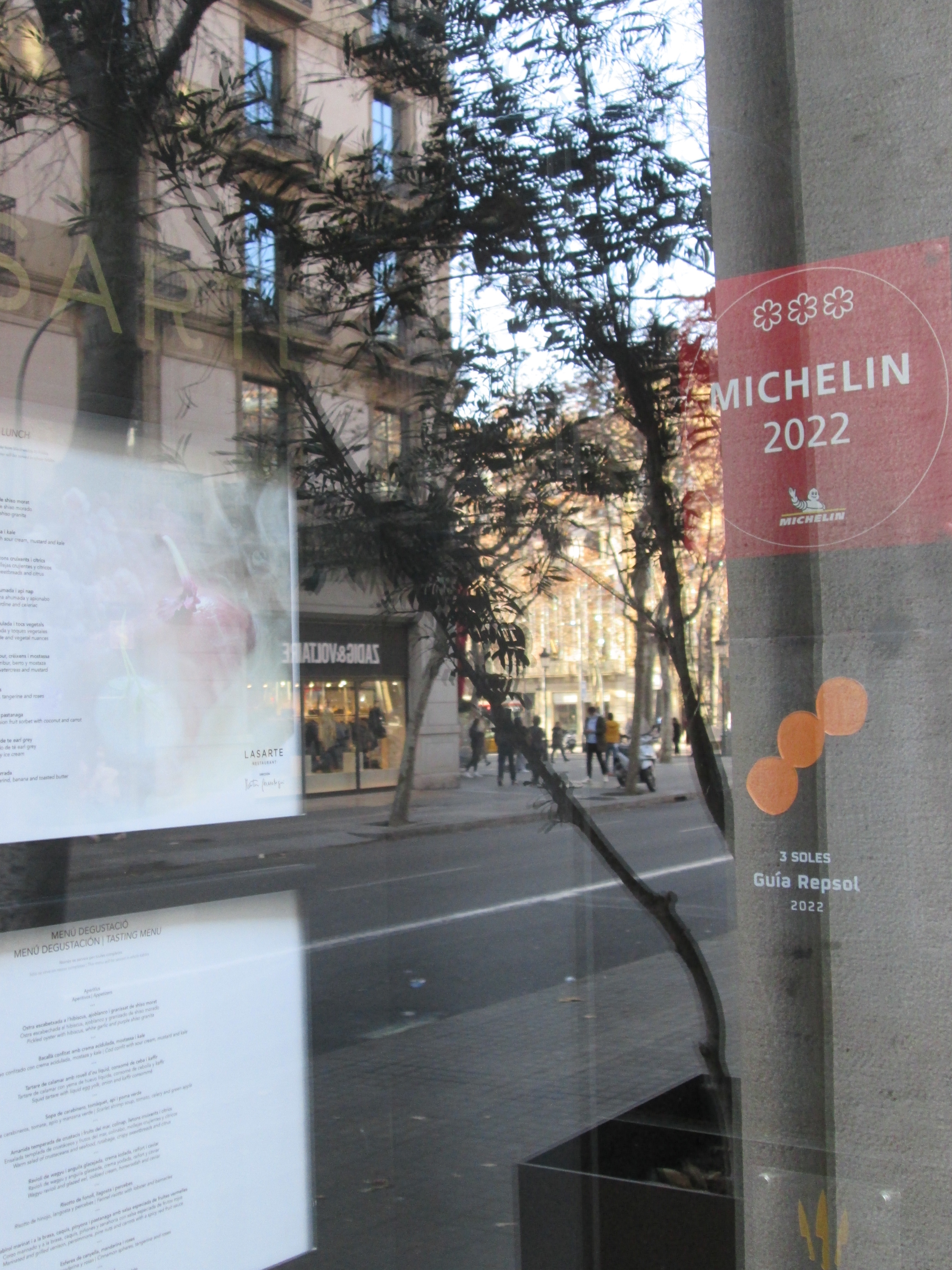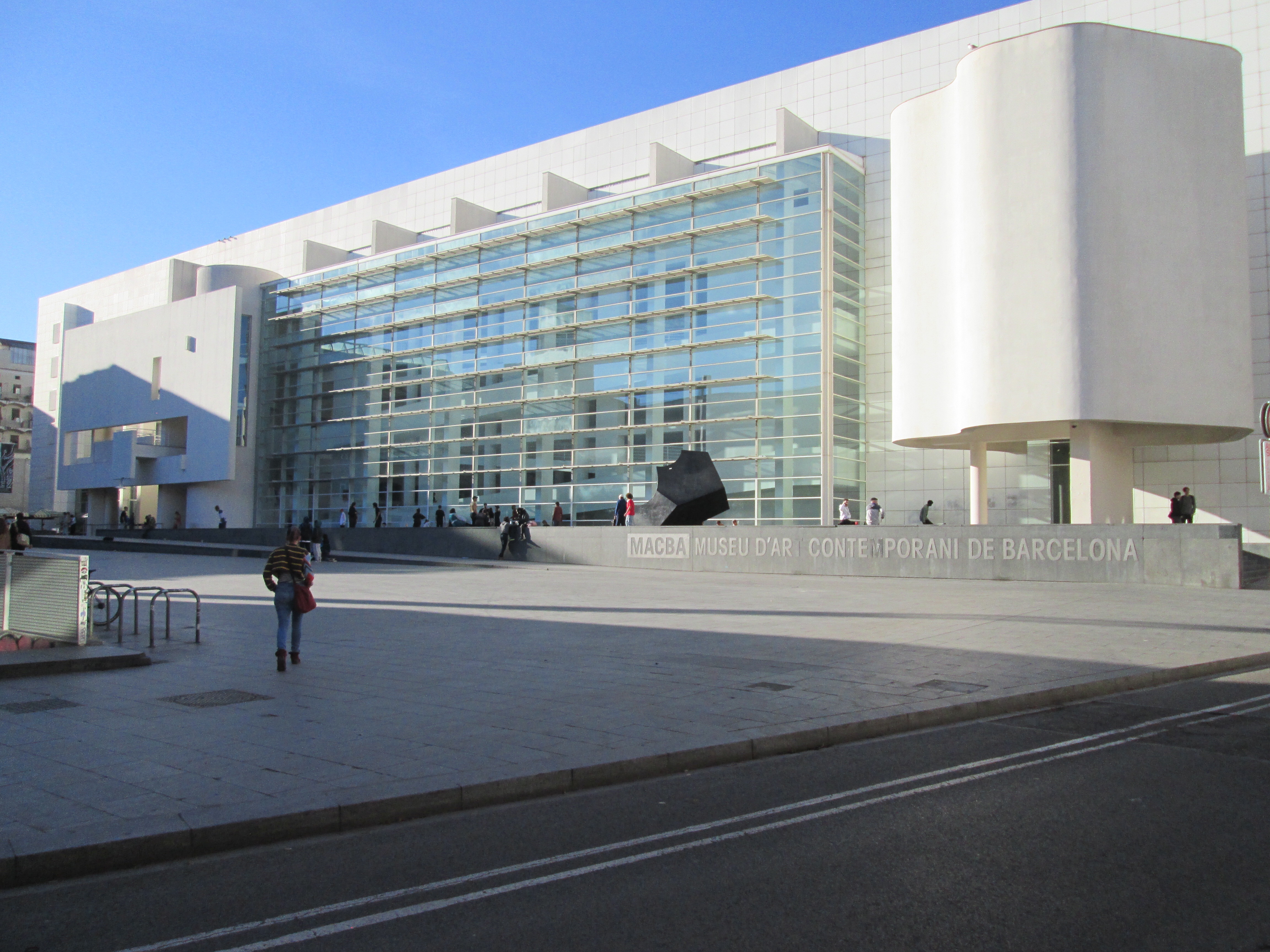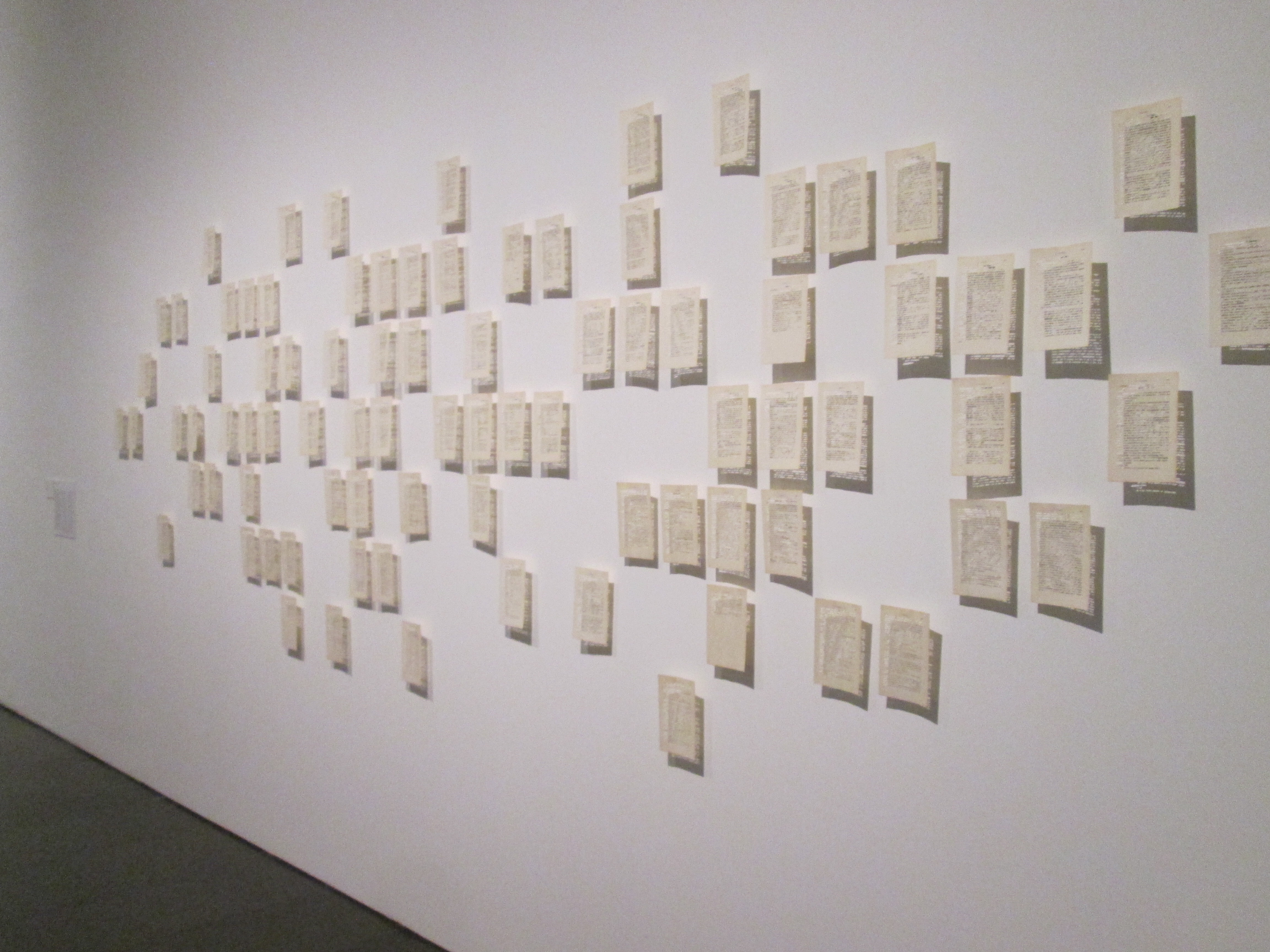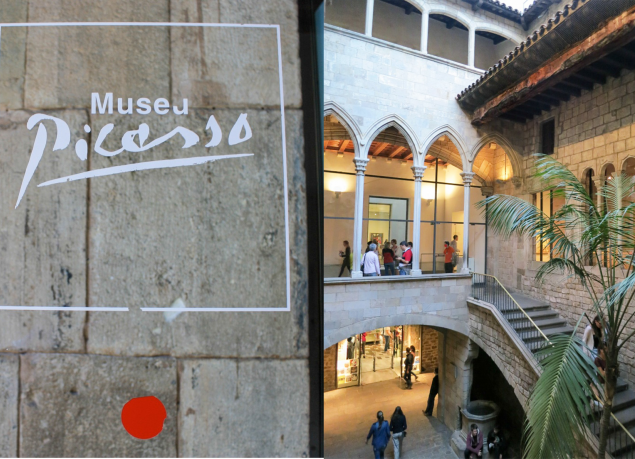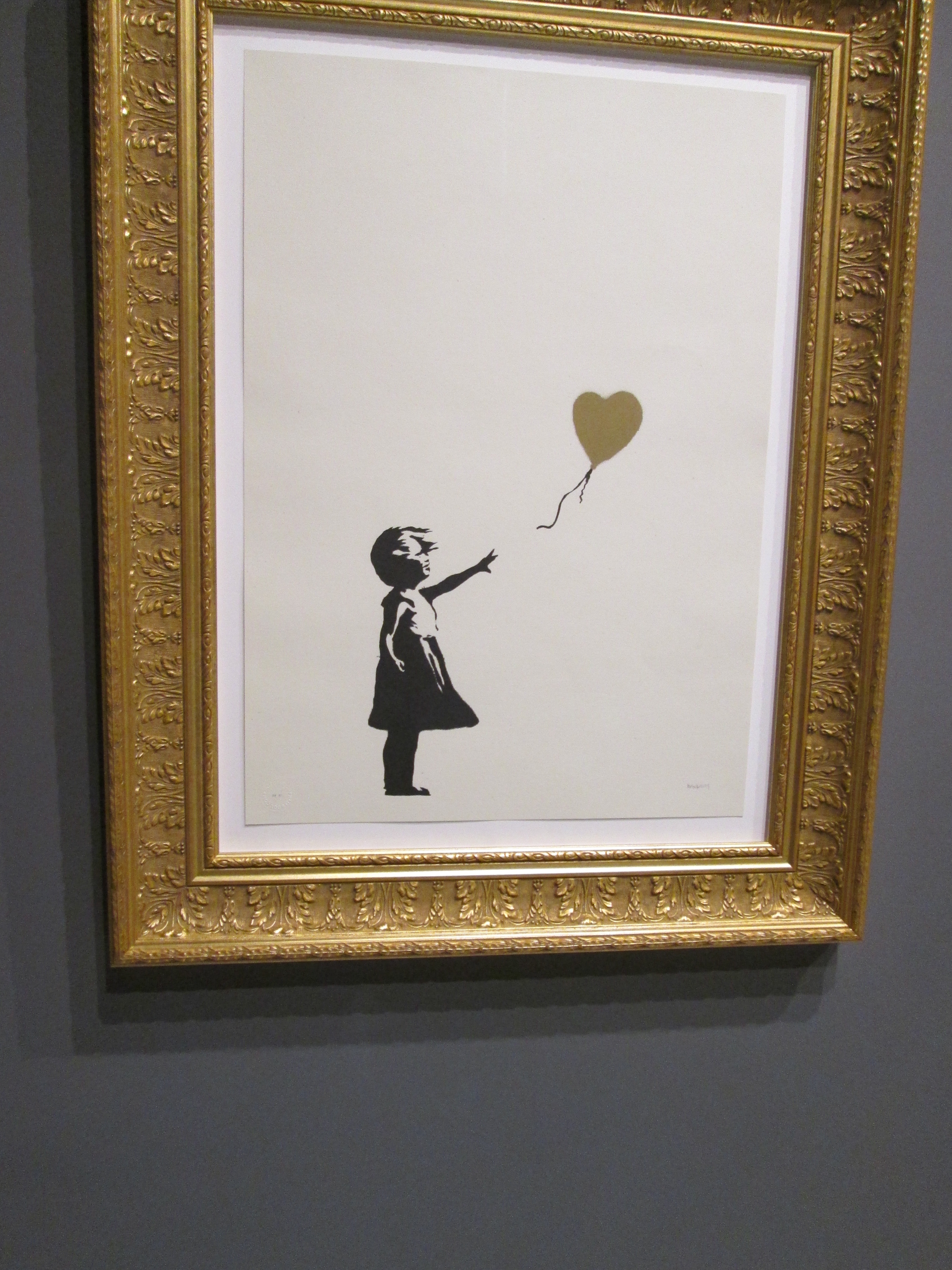Well I usually only blog when I’m travelling and this was going to be about a planned trip to The Hepworth Wakefield, Ian Prowse’s Mersey Hyms gig at Appletreewick in the Dales and the Yorkshire Sculpture Park, where there’s an exhibit of works by Yukihiro Akama – one of which I was given as a birthday present by Dee in 2015 according to my meticulous (nerdy) records of art we own .
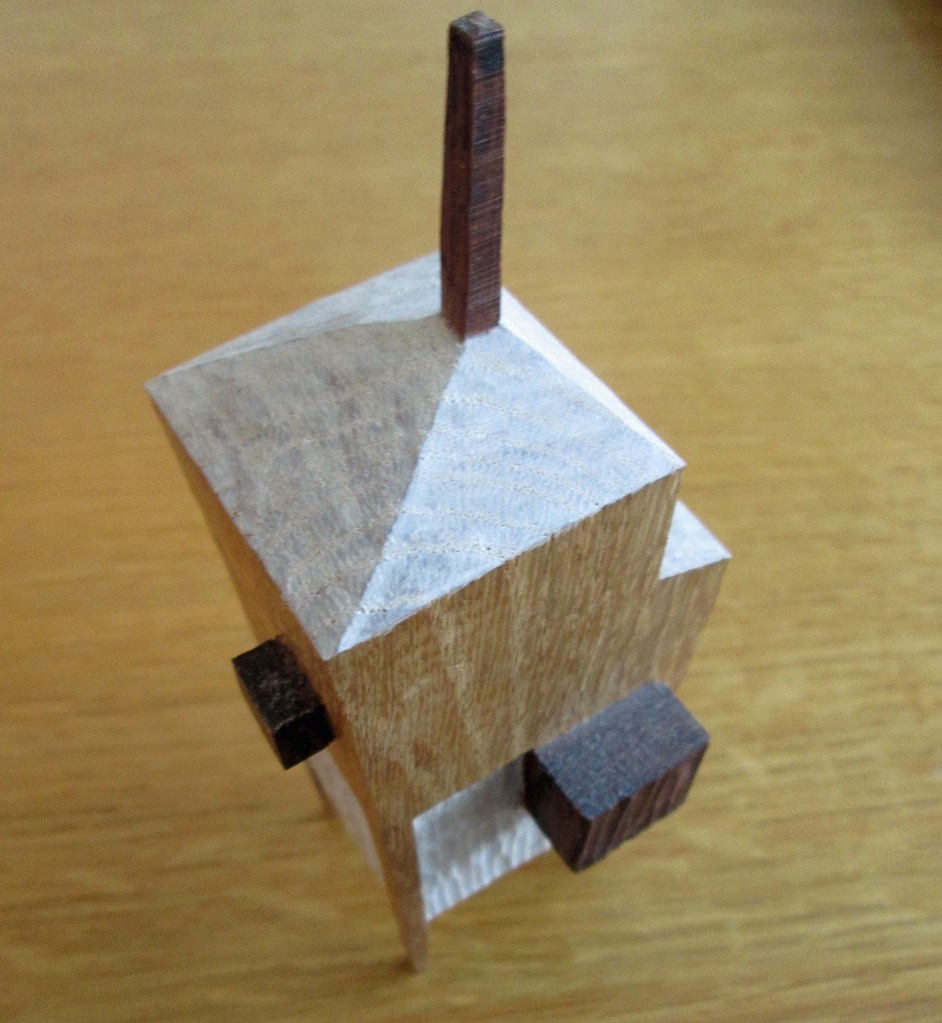

What is brilliant is that they are all carved from a single piece of native English wood (oak in this case) and signed underneath. The chance to see a major exhibition of his work in Yorkshire where he’s lived since 2011 after being trained and working as an architect in Japan, combined with these other cultural events and staying in Bradford with our friend Graham was a great excuse to head north.
The week started well with a visit from our friend Daisy Scott from Boston. We first met and worked together in 1994 on an English language project for the publisher Longman, so a thirty-year friendship called for a celebration. But then disaster struck. When deciding on a title for this piece a number of puns occurred: Cultural Awokening; The Tripping Point; A Bridge to Fear; Anatomee of a Fall and so on since the week was curtailed by me catching my large left foot on a paving stone on the Hungerford Footbridge across the Thames, getting a serious gash in my forehead – again! – and taking Daisy for a new but non-cultural experience – a visit to St Thomas’ A&E (Emergency Room for her). I later emerged looking like this:

By this time Daisy had left after looking after me extremely kindly. Let me add some context to all this. On Sunday we had a Sunday lunch in the Queen’s Arms in Kensington, probably annoying the patient staff by taking far too long with catch up chat to order any food. But we did eat well and then went to see the Yinka Shonibare exhibition at the Serpentine Gallery. I’d known his work from other galleries and the fourth plinth in Trafalgar Square but Daisy knew nothing of him at all. We were both completely in awe of his creative imagination and power and the technical command of the technicians in his atelier to put such an amazing show together. Check it out from the link above and if you can get there – GO!
We had arranged by email to do a theaterathon (AmEng spelling works better) on Wednesday before Daisy flew back to Boston on Thursday. It was to start with lunch at the Union Club where Dee and I took Daisy many years ago but which is always a delight. We met there, ate well and started our thespy adventures by walking to the Theatre Royal Haymarket where Daisy in the States had managed to get two tickets for the utterly sold-out Portrait of Dorian Gray with Sarah Snook of Succession fame, She had warned me that we were in the gallery and needed to climb 65 steps to get there – a good test for the hip. Because we were going to be so high up I’d brought opera glasses – we had his and hers from the Royal Opera house in red velvet bags and I gave Dee’s to Daisy as a gift which she received with some emotion – they were great friends too,
In the event, the stairs proved doable as people were moving quite slowly and the opera glasses redundant as the whole perfoprmance is a mixture of theatre and live television with images displayed on a number of large screens around the auditorium. The sheer brilliance of Snook was matched by the choreographed balletic movements of the camera technicians, make-up artists, prop, wig and costume handlers who shared the stage with the actor who played 26 characters without breaking step. I was relieved I wasn’t vision mixing the feeds from on stage cameras with pre-recorded clips in a seamless two hours that flew by. The story might have got lost in the pizzazz but it didn’t. The production and her performance were truly phenomenal and it was very gratifying to see her call all the techies on to share the curtain call. We descended the steps light as air and proceeded to make our way to part two of our excursion buzzing with excitement at what we’d just seen and marvelling at how it had been achieved.

We had ample time to stroll across Trafalgar Square, through Charing Cross Station and use the eastern side of the Hungerford Foot Bridge to head for a cuppa and then the National Theatre for The Underdog, the Other, Other Bronte. And that’s where it all went wrong. The aforemention trip occurred – no alcohol involved yet as we didn’t want to fall asleep in the plays – and the day descended into (literally) a bloody mess.
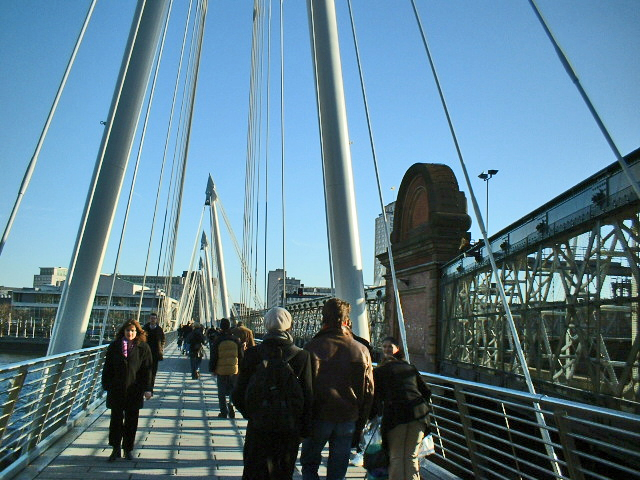
Daisy was an absolute star, failing to panic, prodiucing tissues and keeping me talking to check I wasn’r concussed. We were soon joined by a group of passersby who gave my faith in humankindness a massive boost. Another Daisy – tall and curly haired rather than short and with cropped hair – rapidly called 999 and was giving them information about me and the accident when a women in a striking red dress bent down beside me and said “I’m a doctor. I’m from Belfast, I’m here for a conference. Let me have a look at you.” and then: “That’ll need stitches.” Daisy S was now the possessor of a pharmacy worth of wet wipes, tissues, plasters all handed over by concerned tourists and locals. I had by now assumed a sitting rather than a sprawling pose and was helped to my feet by two gentlemen each with a arm under my shoulders. We thanked everybody most warmly and assured them that we would be fine getting to A&E. So many kind, concerned and helpful people! My big worry was that I might have smashed my new hip but I was able to walk quite freely off the bridge down the steps past the Festival Hall and find a taxi to take us to St Thomas’ Hospital. The driver demurred at first: ” There were others looking for me … ” – then saw my face and said “Get in!”
There was a queue of about fifteen people waiting in and outside the A&E entrance and I pushed my way to the triage desk with apologetic hand signals and, I’m pleased to say, encouragement from those in line. We waited a few moments, gave my personal details and described the accident and were then directed to the Urgent Care Centre where Annabelle cleaned up the wound, let me wash my bloody hands and arms in the sink, put a temporary dressing on the gash and sent me to wait for treatment. One of our plans for our early arrival at the NT was for Daisy to find a quiet spot and good wifi to have a video call to her husband Jerry back in Boston as they’d been missing each others’ calls. There was a conveniently vacant children’s area where Daisy managed to connect and also brought the phone so Jerry could admire my wound and say Hi. As time went by I despatched Daisy to the National so that one of us a least saw the play. She later reported that we’d seen the better play in the afternoon. I might still catch it one day although I have a lot of outings in the coming weeks

When you are in it the NHS is just so excellent. I think I was probably waiting for about 90 minutes before Amy called me in and was such a calm, efficient and friendly nurse pratitioner who cleaned me up fully, gave me a full concussion test, told me I had a build up of ear wax while checking my vital signs and then put in the six neat stitches you saw at the top of the blog. We had such a relaxing conversation about all sorts of things and I just pray – and will vote in such a way – that the NHS which can give me a new hip and make me feel safe and better after a stupid, self-inflicted accident is rescued from the predators.


